Eco-Friendly Renovation Tips for a Sustainable Home
Eco-friendly homes can lower your energy bills by up to 60% and even increase their value. Eco-friendly practices and sustainability are a priority for us at Fabuwood. From our wood recovery program which repurposes scrap wood into new cabinet components to partnering with vendors who supply eco-friendly materials, we’re committed to reducing waste and supporting green initiatives.
Because we value sustainability, we’ve curated the ten best eco-friendly tips for a green home to share with you. If you’re doing a home renovation or remodel, refer to these top ten and check out our kitchen remodel checklist to keep your remodel on track.
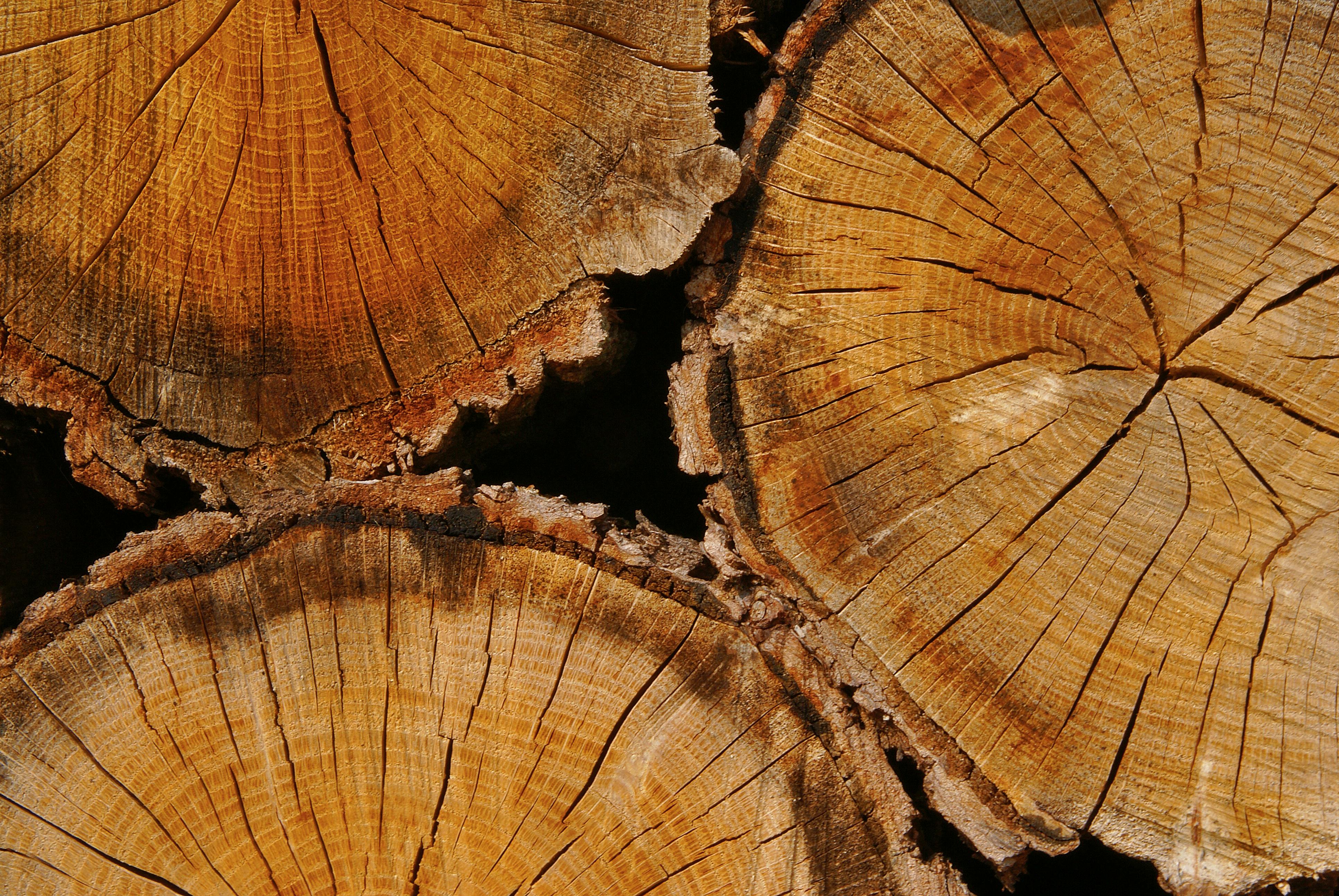
Tip 1: Start with an Energy Check
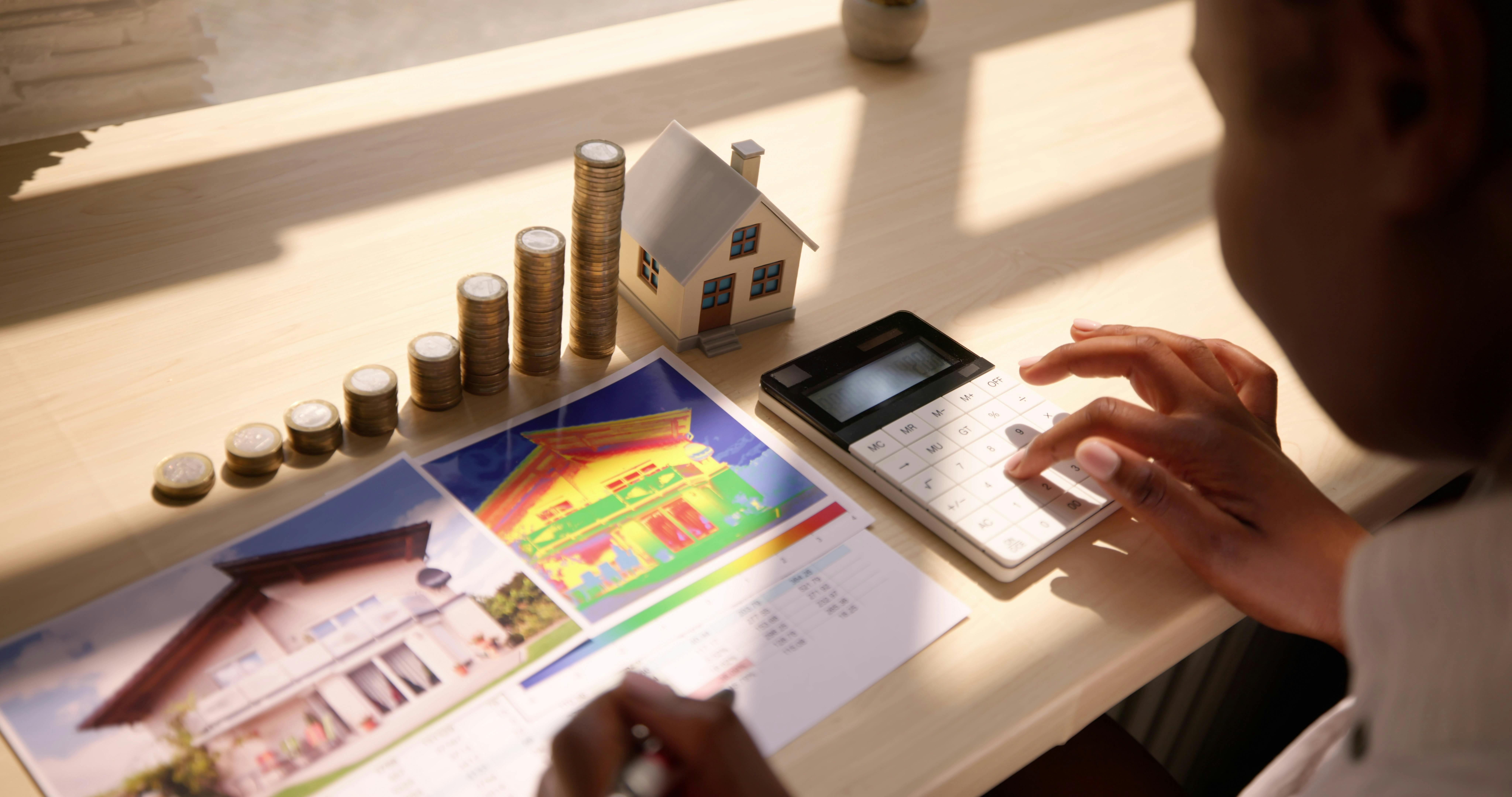
Consider an energy audit before you start your renovations. A professional energy assessor will do this. They’ll determine whether your home has cracks, leaks, insufficient insulation, and heating and cooling systems. This assessment will go a long way toward knowing how efficient your home is and what can be done if it’s not up to par.
According to the U.S. Department of Energy, sealing air leaks in your home can save you up to 20% on heating and cooling bills annually. It's one of the easiest and most cost-effective eco-friendly upgrades.
Tip 2: Reuse and Recycle
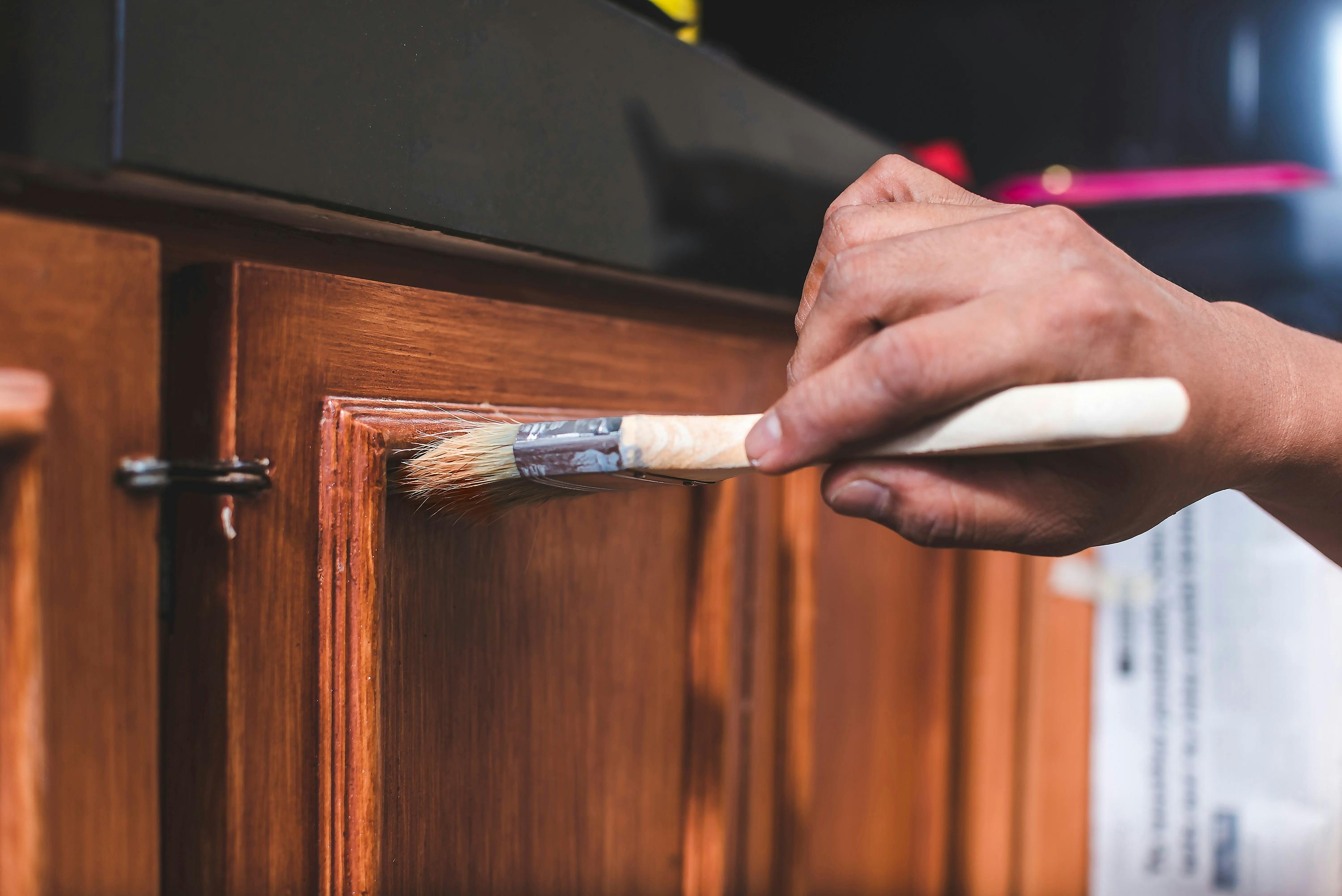
Cut costs by reusing your existing items. For instance, consider giving cabinets a makeover by repainting them or swapping out the hardware. Explore reclaimed materials for your flooring and countertops; doing so not only saves money but also adds unique character to the space.
Design tip: Bamboo and cork are fun sustainable flooring options. Bamboo grows rapidly and regenerates quickly after harvesting, while cork is harvested from the bark of cork trees, allowing the trees to continue growing. Both options are durable, stylish, and eco-friendly.
Tip 3: Choose Sustainable Materials
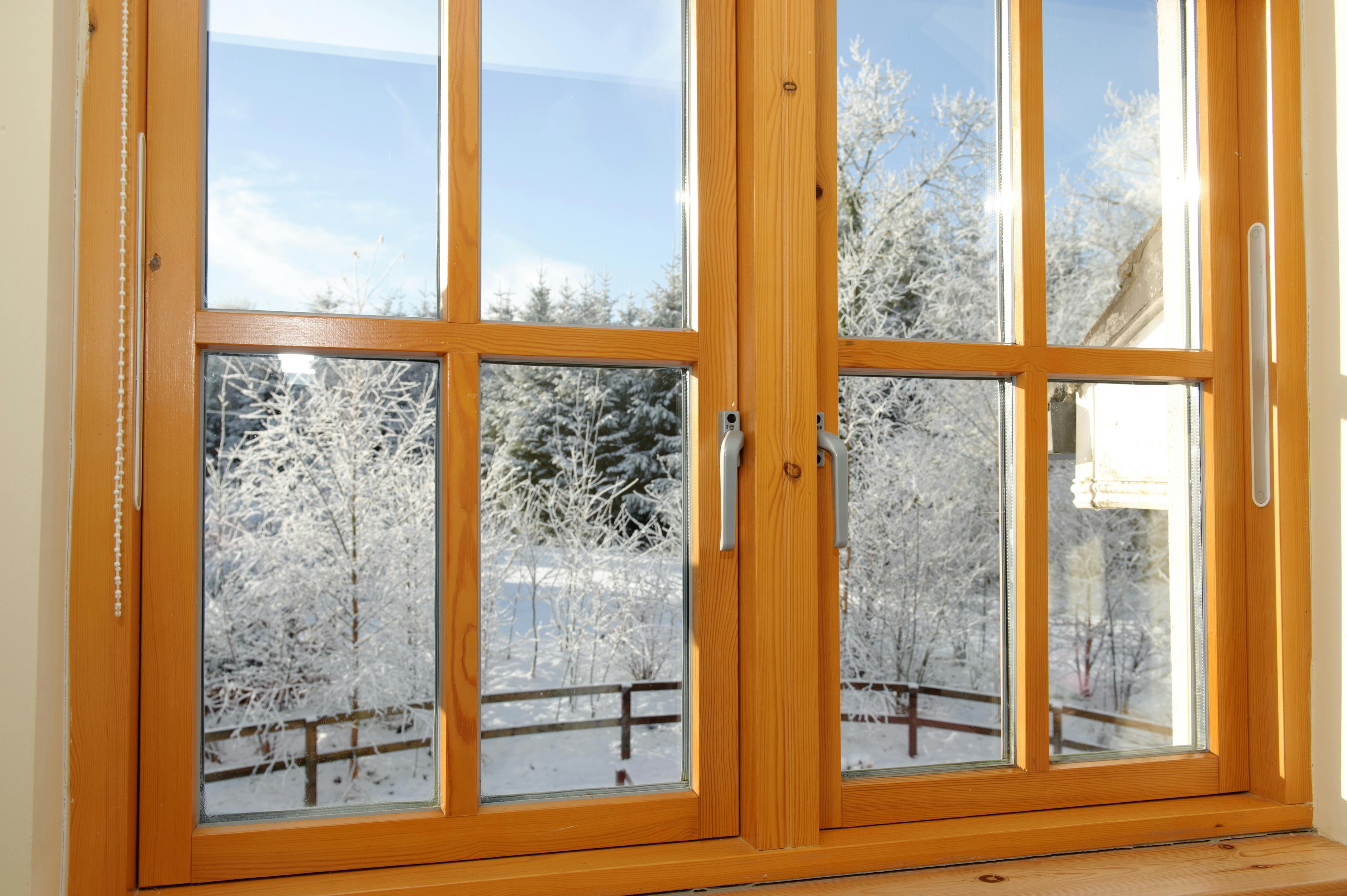
- Use double-glazed and wood-framed windows for improved energy efficiency and durability.
- Consider low-emissivity (Low-E) windows. Coated with a thin, transparent layer, they reflect heat during the summer and retain warmth in the winter.
- Choose water-based paint for a safer option for your family and the environment.
- Opt for recycled cotton or cellulose insulation to enhance energy efficiency sustainably (a thicker layer of cotton will need to be used in colder climates).
Design tip: Use old wooden pallets for furniture or shelving. Repurposed wood beams can become a striking mantel, and vintage tiles can create a one-of-a-kind backsplash.
Tip 4: Smart Appliances
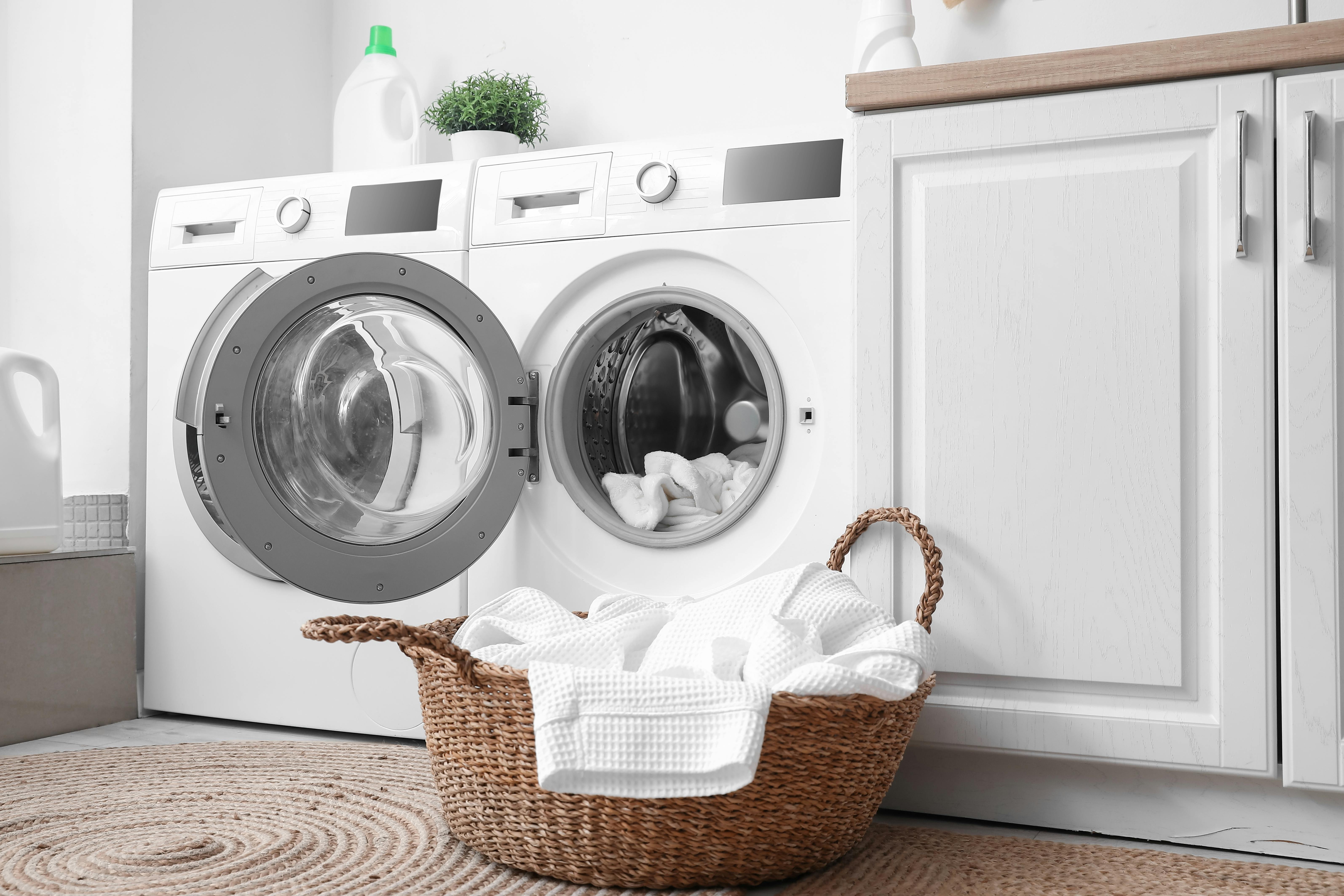
When upgrading your appliances, choose Energy Star models. They use less energy, which means less emissions and lower utility bills. Look for high-efficiency (HE) washers, which will use less water and save energy while in use. You can also lower your water temperature by turning it to 120 degrees F, reducing water heating costs.
Tip 5: Save Your Water
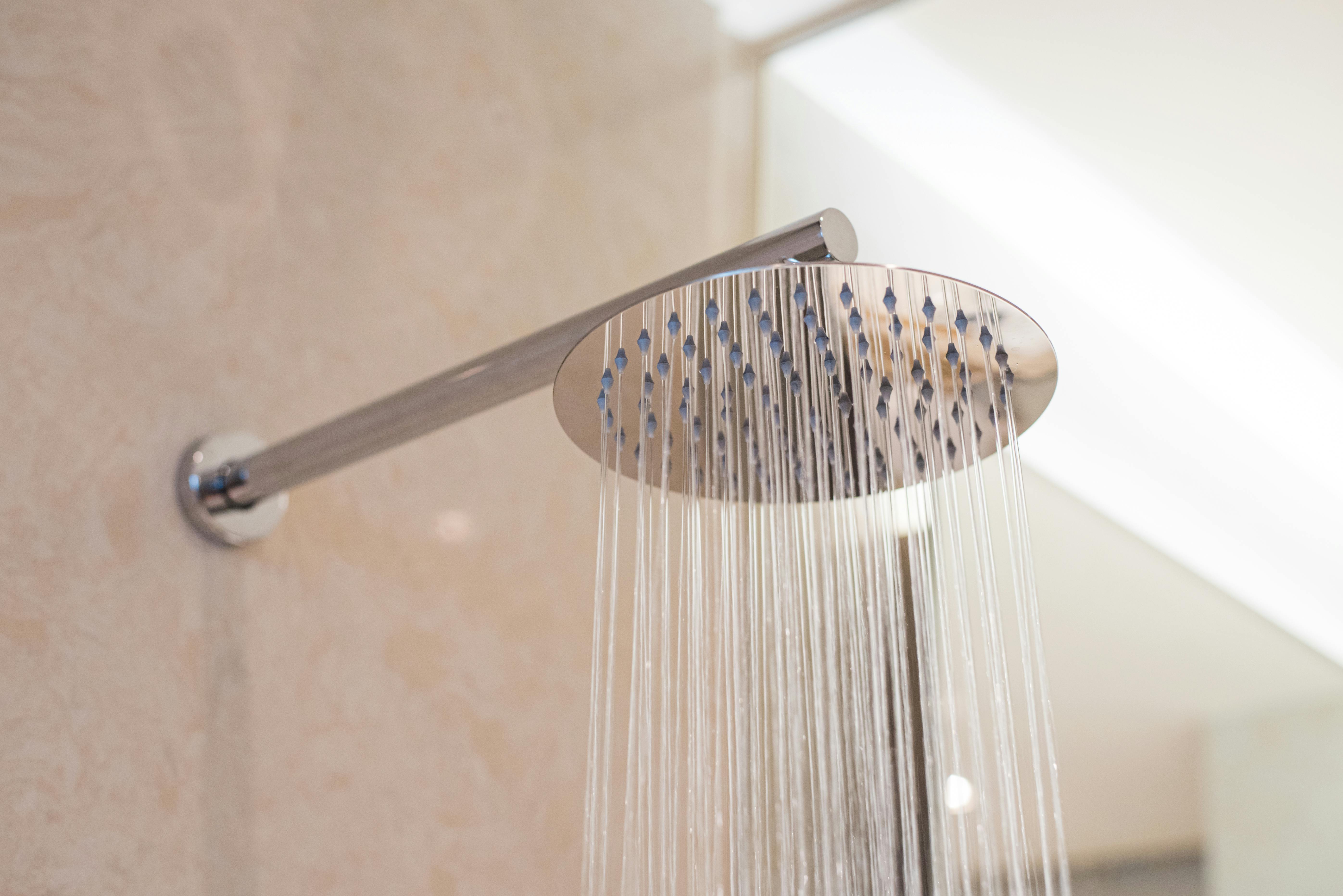
Look for ways to save on your water usage. For example, dual flush or low-flow toilets and showerheads and faucets can save water. Some other ways to be more eco-friendly with your water are to take shorter showers, turn the taps off while brushing your teeth, and check your home for leaks regularly.
Tip 6: Passive Design
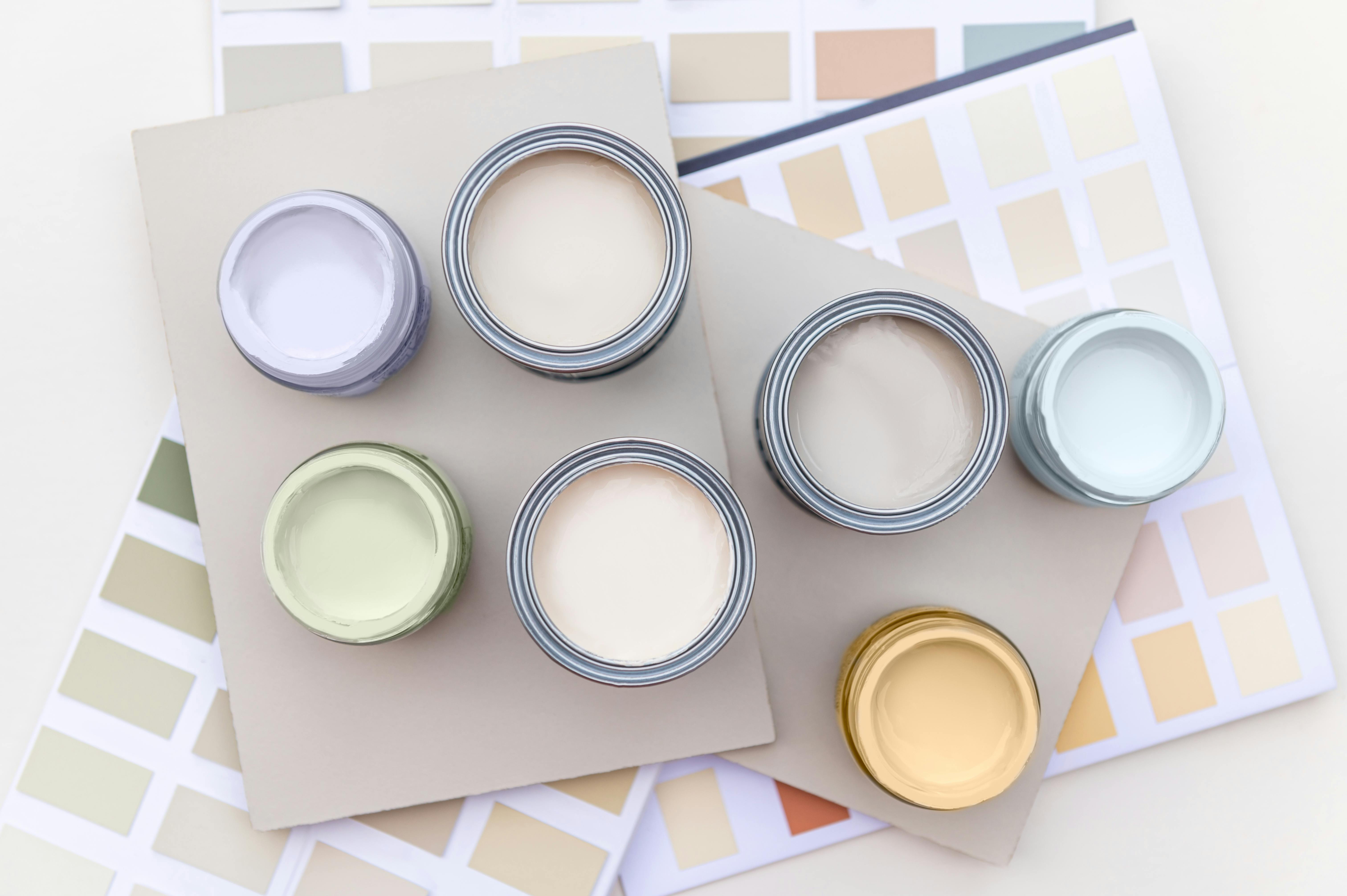
Passive design is about working with nature to heat and cool your home. Here’s how you can do it:
- Place living spaces like the family room where they’ll get the most natural sunlight.
- Use light-colored paint on your home’s exterior if you’re in a warm climate to keep things cooler.
- Plant deciduous trees (they lose their leaves in winter) on your house's south or west side. They’ll provide shade in summer and let sunlight through in winter.
- Use high-efficiency windows with double or triple glazing- this is the best type of sealing, which will keep out cold air in the winter and hot air in the summer.
- Use natural and recycled materials and high-quality insulation to minimize the heat lost in the winter
Tip 7: Go Solar
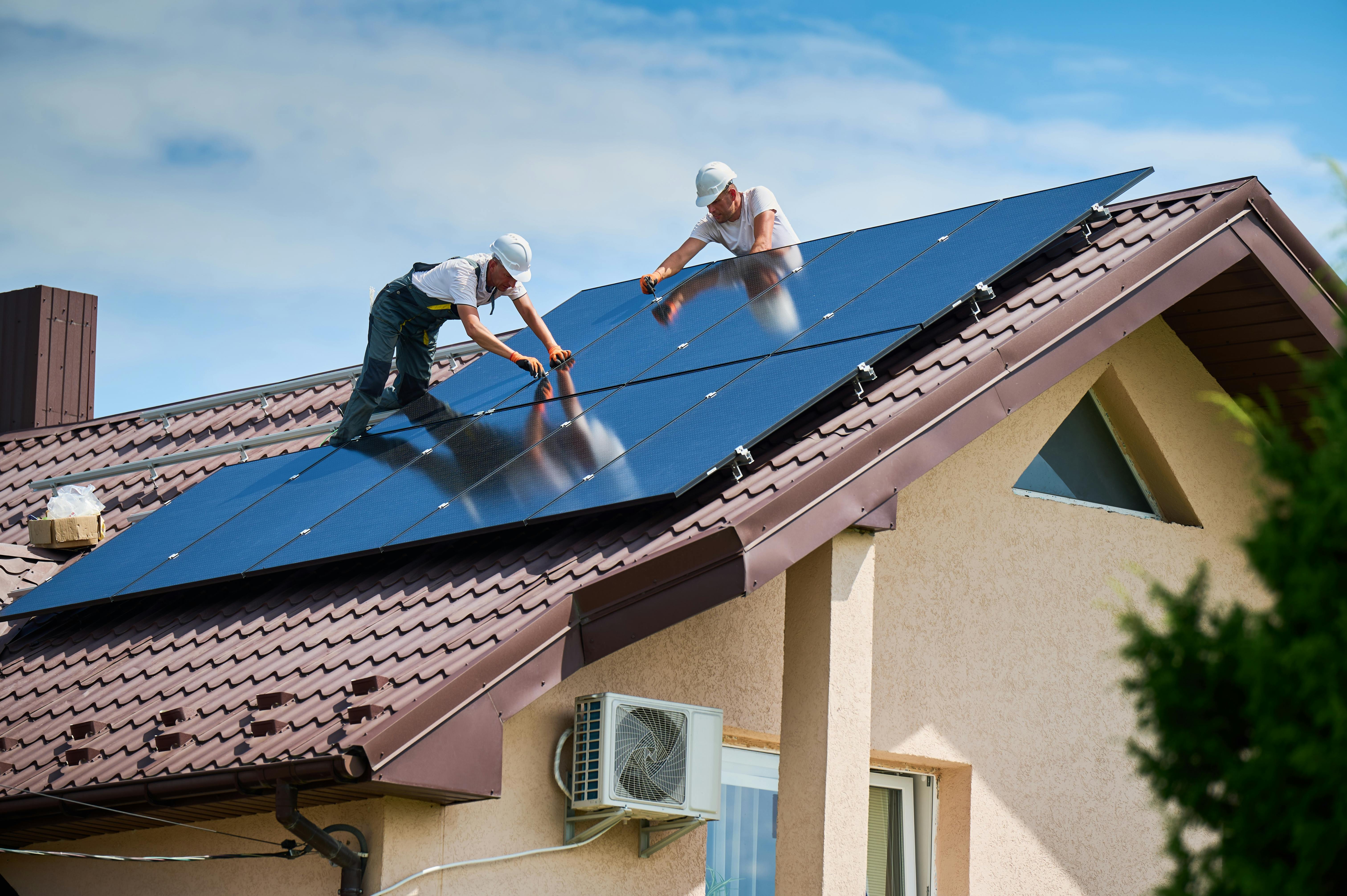
Solar panels are a great investment with excellent long-term benefits. They create clean energy, lower electric bills, and reduce your carbon footprint. They are costly upfront, so use solar light tubes instead if they’re not in your budget. They run from your roof to the ceiling, like a skylight, but at a fraction of the cost.
Tip 8: Thoughtfully Demo
Consider salvaging items like cabinets, fixtures, appliances, and countertops before demolition. Donate any usable items that you don't want instead of discarding them. Many local charities and organizations gladly accept appliances, furniture, and building materials, allowing you to contribute to your community while reducing waste.
Tip 9: Start Small
Focus on one room at a time while renovating. You don’t need to do everything at once! For example, while focusing on the kitchen, you can:
- Upgrade your appliances to energy-efficient models
- Add sustainable countertops
- Install low-flow faucets
- Repaint your cabinets with water-based paint
- Repaint your walls with water-based paint
- Install LED lighting (these last 25 times longer than traditional bulbs)
Tip 10: Shop Local and Pre-Owned
Buying local materials will reduce shipping emissions and save money on transportation costs. Check out salvage stores for pre-owned building materials and components, which will save money, support local markets, be sustainable, and give your home a unique character.
By making thoughtful choices like reusing materials, investing in energy-efficient upgrades, shopping locally, saving on water, and utilizing passive design, you can create a healthier and happier environment for your family and the planet.
Don’t think you have to go all out. Even a small change will make a big difference. Reach out to your local dealer to learn more about Fabuwood’s sustainability practices and see how our cabinets will look in your eco-friendly kitchen!
